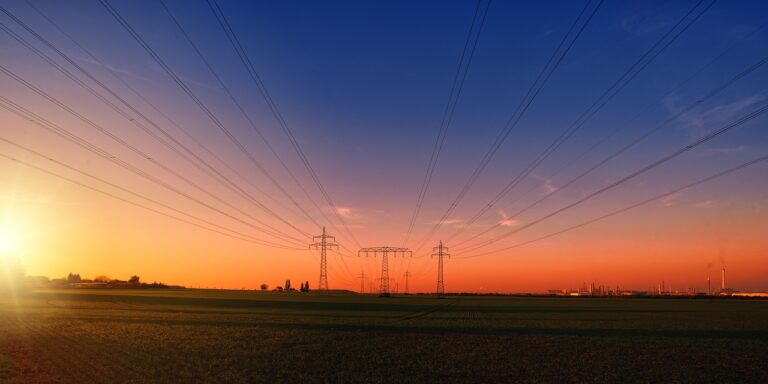The US National Oceanic and Atmospheric Administration (NOAA) has upgraded the model it uses to create nowcasts for electric power operators on the estimated impact of geomagnetic fields generated by severe space weather storms.
Improvements in the model, now called the US-Canada Geoelectric Field Model, include more accurate outputs of the geoelectric field at the Earth’s surface and expanded coverage to Canada, which increases situational awareness for the operation of the 37 major power transmission lines that connect the two countries. It replaces the Geoelectric Field Model, launched in 2019, which only covered the US.
Jointly developed by NOAA, the US Geological Survey (USGS) and the Natural Resources Canada/Canadian Hazards Information Service (NRCan/CHIS), this is the primary model that can be used by electric power managers for regional assessment of space weather hazards over the US-Canada operating domain. The upgraded model delivers graphical maps of the US and Canada and gridded data files, updated every minute, that indicate the strength and direction of the electric fields induced by the geomagnetic storm.
The geoelectric field strength for a given location is determined by the strength of the space weather disturbance and the properties of the local earth conductivity. Areas with relatively higher earth resistivity typically see higher geoelectric fields at the surface and have a higher level of risk for impacts to the electrical power grid.
Once the geoelectric field is known, the level of geomagnetically induced currents in the power grid can be calculated, and the potential impact on the power grid can be assessed. When geoelectric currents are induced in man-made conductors such as power transmitters and pathways like transmission lines, unexpected and sometimes problematic effects can occur, such as voltage swings, unexpected loading due to transformers that are being affected, risk of voltage collapse in the more extreme cases, risks of false tripping of safety switches, and risk of heating in transformers that exceeds normal operating limits.
“Working closely with power grid operators, our federal partner, USGS, and the Canadian Hazards Information Service, we built a new level of resilience to the impacts of space weather on Earth,” said Clinton Wallace, director of the NOAA’s Space Weather Prediction Center. “This model upgrade comes at the right time to provide the electric power industry better data to act on as activity on the sun increases the closer we get to solar maximum.”
Kristen Lewis, USGS manager of geomagnetic operations, said, “The notable improvements of the updated geoelectric field model in the US have been made possible through enhanced ground-based geomagnetic monitoring at USGS and a growing database of critical data. The USGS values the intra-governmental and international scientific collaboration with NOAA and NRCan, and the updated model is the result of this successful partnership.”
For more on nowcasting, click here.



